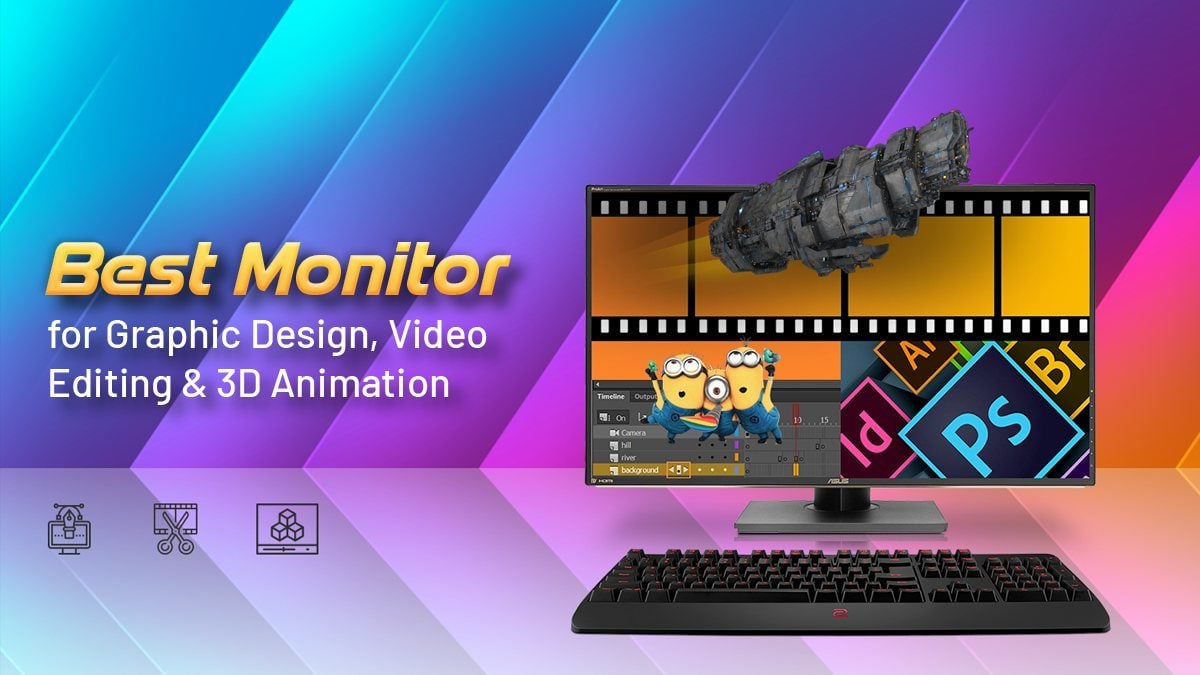
In most workspace setups, the curved monitor won’t reflect light at all, effectively reducing glare from other sources of light. Its corners are closer to you, replicating the natural curvature of the human eye. You can expect less glare and distortion with a curved monitor. For example, ASUS has their Eye Care technology Viotek has their “Viotek Protect” and Samsung features a proprietary “Eye Saver Mode.” These all provide a range of eye-saving benefits, including reducing the amount of harmful blue light radiation from hitting your eyes – particularly helpful when you’re looking at the screen for extended all day.

#BEST 34 INCH MONITOR FOR VIDEO EDITING SOFTWARE#
This benefit can also be further leveraged by software integrated into the monitor. So they’re easier on the eyes – especially helpful if you spend most of your day in front of a monitor (or expect your employees to). But research has shown that curved panels yield less eye strain and fatigue than flat panels. And this brings additional health risks for our eyes. Most of us are spending a lot of time staring at a screen, be it for work or for play. Ergonomics isn’t the only benefits to curved monitors for the office. We might as well have a monitor that comes with a nice curve to match, right? Especially if we’re expected to use them at least 6-8 hours a day. After all, our eyes have a nice curve to them.

But why should gamers have all the fun? Curved monitors could bring a fair bit of ergonomic benefit for office workers too. When you think of the types of people that use – and love – curved monitors, three types of people come mind: gamers, gamers and gamers. We chatted with Brett Barbour, VP at US monitor vendor, Viotek, to find out whether it makes business sense to opt for a non-flat monitor for photo editing.

Should you go for a curved monitor for photo editing?


 0 kommentar(er)
0 kommentar(er)
